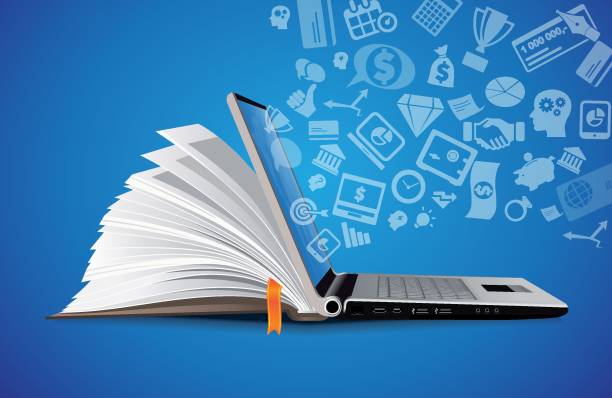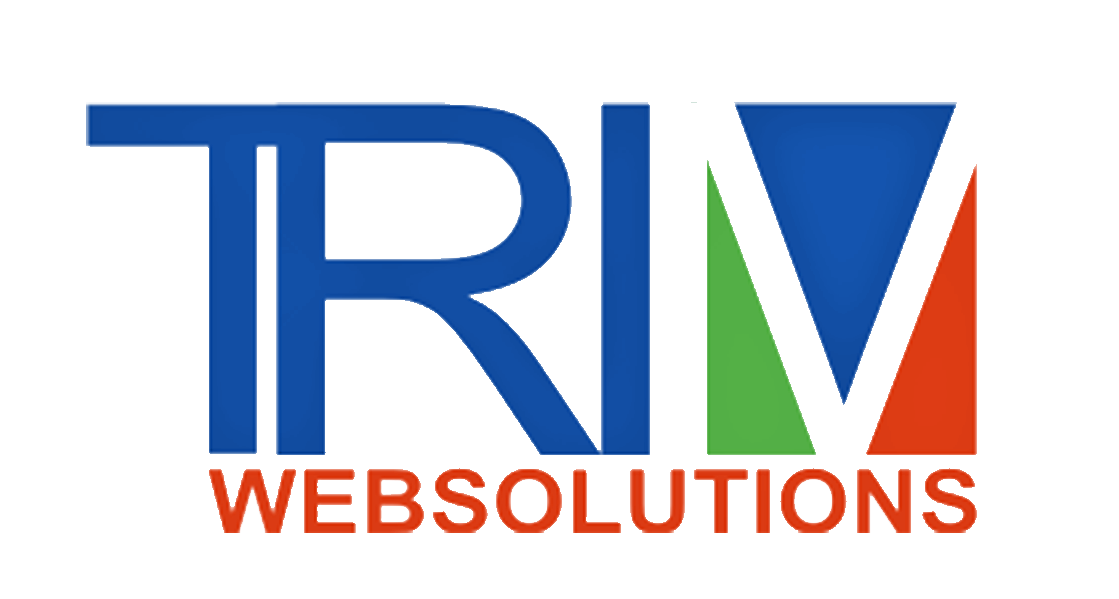Educational technology

Educational Technology: Transforming Learning in the Digital Age
Educational technology, often referred to as EdTech, is the use of digital tools, software, and innovative teaching methods to enhance learning experiences and improve educational outcomes. It bridges the gap between traditional teaching methods and the digital revolution, making education more accessible, engaging, and effective. As technology advances, its integration into education continues to transform how students and educators interact, making learning more personalized, efficient, and immersive.
The Evolution of Educational Technology
The concept of educational technology is not new. From chalkboards and textbooks to computers and interactive whiteboards, technology has always played a role in education. However, the digital age has accelerated its development, leading to the rise of e-learning platforms, virtual classrooms, and artificial intelligence-driven education tools. The internet, mobile devices, and cloud computing have significantly expanded access to knowledge, breaking down barriers and making education available to learners worldwide.
Key Components of Educational Technology
-
E-Learning Platforms
Online learning platforms such as Coursera, Udemy, and Khan Academy offer courses on a wide range of subjects, enabling learners to acquire new skills from anywhere in the world. These platforms provide interactive video lectures, quizzes, and certification programs. -
Learning Management Systems (LMS)
LMS platforms like Moodle, Blackboard, and Google Classroom help educators organize coursework, track student progress, and facilitate online collaboration. They serve as centralized hubs for learning materials and assessments. -
Artificial Intelligence (AI) in Education
AI-powered tools personalize learning by analyzing student performance and providing customized recommendations. AI chatbots and virtual assistants help answer student queries, while automated grading systems streamline assessments. -
Gamification and Interactive Learning
Incorporating game elements into education enhances engagement and motivation. Platforms like Duolingo and Kahoot! use gamification strategies to make learning fun and interactive. -
Virtual and Augmented Reality (VR & AR)
VR and AR create immersive learning experiences, allowing students to explore historical sites, conduct virtual science experiments, and engage in interactive simulations. -
Mobile Learning (M-Learning)
Smartphones and tablets enable learners to access educational content anytime, anywhere. Mobile apps support microlearning, making it easier to absorb information in short, manageable sessions. -
Cloud-Based Learning
Cloud technology facilitates collaboration and resource sharing. Google Drive, Microsoft OneDrive, and Dropbox allow students and teachers to store, access, and collaborate on documents seamlessly.
Benefits of Educational Technology
-
Accessibility and Inclusivity
EdTech makes education accessible to individuals regardless of their location, financial status, or physical abilities. Online courses and assistive technologies support students with disabilities, ensuring inclusive learning environments. -
Personalized Learning
Adaptive learning platforms analyze student progress and tailor content to individual learning styles and paces, improving comprehension and retention. -
Engagement and Motivation
Interactive lessons, multimedia content, and gamification enhance student engagement and make learning more enjoyable. -
Collaboration and Communication
Digital tools enable seamless collaboration between students and educators, fostering a more interactive and cooperative learning environment. -
Efficiency and Time-Saving
Automated grading, online assessments, and AI-driven analytics save time for educators, allowing them to focus on teaching rather than administrative tasks.
Challenges of Educational Technology
-
Digital Divide
Not all students have access to the necessary technology or a reliable internet connection, creating disparities in learning opportunities. -
Teacher Training and Adaptation
Educators need proper training to effectively integrate technology into their teaching methods, which can be a challenge for some institutions. -
Security and Privacy Concerns
Online learning platforms collect vast amounts of student data, raising concerns about data security and privacy. -
Over-Reliance on Technology
Excessive use of digital tools may lead to reduced face-to-face interactions and critical thinking skills if not balanced properly.
The Future of Educational Technology
As technology continues to evolve, the future of EdTech looks promising. Emerging trends such as blockchain-based credentialing, AI-driven tutoring systems, and extended reality (XR) applications will further enhance the learning experience. The integration of 5G technology will improve connectivity, making high-quality education more accessible than ever.
In conclusion, educational technology is revolutionizing the way we learn and teach. By embracing these advancements, educators and students can unlock new possibilities, making education more inclusive, engaging, and effective in the digital age.
15 0 7
Write a Comments
* Be the first to Make Comment















